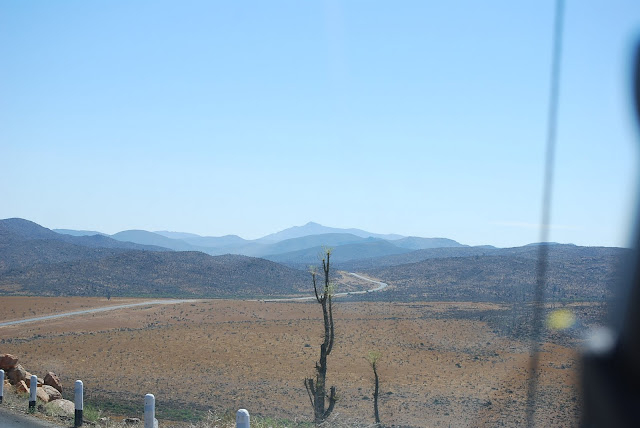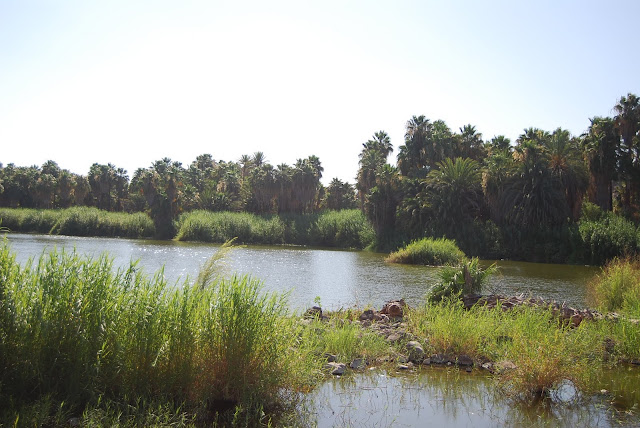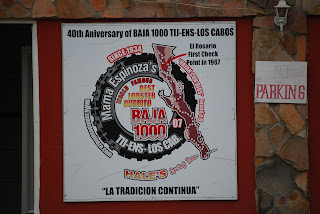I have been traveling in Mexico for over 30 years and have found it to be very safe. Always use common sense. Don't flash wads of cash or expensive jewelry. Stay out of places you have no business being in. Always keep in mind that in most occasions "common sense" will keep you out of trouble. For an informative view of where is safe, and where might not be so safe, see the article below.
Here’s a tourism ad campaign for you:
“Yucatan. No drug-related killings in 2009 or the first half of 2010.”
Nobody’s actually putting those words into advertising. But as the
drug wars worsen and debate persists about the risks of travel in
Mexico, Yucatan is the only one of Mexico’s 31 states that can make that claim, according to a recent report. Lying on the Atlantic coast, Yucatan includes the city of Mérida (in photo above) and draws many visitors with its pyramids, historic hacienda hotels and Mayan culture.
“It didn’t surprise me,” Rios said of Yucatan’s clean slate. As a non-border state, she said, “Yucatan is not a particularly good place for drug traffickers to do business. Yucatan is pretty peaceful.” For that matter, she added: “Mexico is actually pretty peaceful, if we compare it to other countries.” (For a country-by-country ranking, which indicated that Mexico is safer than more than a dozen other Latin American countries, see the end of this post.)
In fact, the institute’s interim director, Charles Pope, said that for all the miseries visited upon Mexico since the drug war began in late 2006, the number of tourists killed in Mexico by narco-violence seems to be zero or maybe one, depending on whom you consider to be a tourist.
The debatable case, Pope said, is
Agustin Roberto Salcedo, a 33-year-old El Monte educator who last winter was visiting his wife’s hometown in Mexico — Gomez Palacio, in the state of Durango, far off the beaten tourist path. On Dec. 30, Salcedo and his wife were in a local bar when unknown gunmen burst in and took him and five other men away. The six were later found dead at the edge of town.
As that case and the institute’s new state-by-state analysis both illustrate, some parts of Mexico are in big trouble that’s getting worse. But elsewhere, entire states, such as Yucatan, remain largely unaffected. The new report may help prospective travelers look more closely at parts of Mexico that they’re considering.
Because the Mexican government doesn’t make public many details of drug violence, the Trans-Border Institute — part of the Joan B. Kroc School of Peace Studies at the University of San Diego — used the pages of the Mexican newspaper Reforma as the principal source for its report, analyzing results for the first half of 2010.
Among the findings:
– Following last year’s daunting drug-violence figures in Mexico (6,587 deaths), the authors found a further surge in the first six months of this year. As the numbers grew, they found, violence increased in the already perilous states of Chihuahua (1,491 deaths) and Sinaloa (1,127), and states including Durango (457), Tamaulipas (338), Nuevo Leon (279) and the State of Mexico (288) showed increases too.
– Nearly half of all Mexico’s drug deaths in the first half of this year (2,618 of 5,775) took place in the states of Chihuahua (which includes the infamous Ciudad Juárez and lies across the border from New Mexico and Texas) and Sinaloa (which includes Mazatlán and lies just southwest of Chihuahua, along the west coast of mainland Mexico).
– The state of Tlaxcala (Mexico’s smallest state, just east of Mexico City) recorded no drug-killings from January through June 2010, three in all of 2009 and one in all of 2008. Tlaxcala’s namesake colonial capital and pre-Columbian sites draw a trickle of international tourists. Recently, there have been reports of high-profile drug
arrests and forced
prostitution.
– Baja California (which includes Tijuana, Ensenada and the northern portion of the Baja peninsula) tallied 178 drug-related killings, a rate of 5.62 per 100,000 inhabitants, from January through June. That was a slight increase from the 174 such deaths in the previous six months, but much lower than the 443 drug deaths reported in the second half of 2008.
– Baja California Sur (which includes Los Cabos and La Paz) tallied 6 drug-related killings, a rate of 1.06 per 100,000 inhabitants. That January-June total was an increase for the state, where just one drug-related death was reported between January 2008 and December 2009.
– The west coast state of Jalisco (which includes Puerto Vallarta and Guadalajara) tallied 205 drug-related killings, a rate of 2.92 per 100,000 inhabitants. That January-June total was a marked increase from the 126 such deaths in the previous six months and the 86 deaths in the six months before that.
– The east coast state of Quintana Roo (which includes Cancun) tallied 29 drug-related killings, a rate of 2.2 per 100,000 inhabitants. That January-June total was up from 13 in the previous six months and 14 in the six months before that.
– The west coast state of Guerrero (which includes Acapulco) tallied 434 drug-related killings, a rate of 13.81 per 100,000 inhabitants. That January-June total was up from 325 in the previous six months and 313 for the six months before that.
– The central state of Guanajuato (which includes the cities of Guanajuato and San Miguel de Allende) tallied 39 drug-related killings, a rate of 0.77 per 100,000 inhabitants. That January-June total was down from 59 during the previous six months and 87 in the six months before that.
Readers should bear in mind that Reforma’s numbers are considered conservative by many. The newspaper counts 23,000 drug-related killing since the drug war began in late 2006, while the Mexican government has estimated 28,000.
As for how Mexico stacks up against the rest of Latin America, Rios pointed to a
comparison compiled by the United Nations Office on Drugs and Crime, based on figures for all homicides (some for 2008, some for 2007, some for 2006), supplied by government agencies.
If you line up the listed Latin American countries from 1 to 20, from most violent to least, Rios noted, “Mexico is number 14,” with 11.6 homicides per 100,000 inhabitants. Sure enough, these countries reported higher homicide rates: Paraguay, 12.2 per 100,000; Nicaragua, 13; Panama, 13.3; Suriname, 13.7; Ecuador 18.1; Guyana, 20.7; Brazil, 22; Belize, 34.3; Colombia, 38.8; Guatemala, 45.2; El Salvador 51.8; Venezuela, 52; and Honduras, 60.9.
Among countries with lower reported homicide rates were Canada, 1.7 per 100,000; Peru, 3.2; Argentina, 5.2; the U.S., 5.2; Uruguay, 5.8; Chile, 8.1; Costa Rica, 8.3; Bolivia, 10.6.
– Christopher Reynolds, Los Angeles Times staff writer
Photo: The main square at Merida in Mexico’s relatively peaceful Yucatan state, which didn’t log any drug-related killings in 2009 or the first half of 2010, according to a recent report. Credit: Michael Robinson Chavez / Los Angeles Times



 This 581 pound black marlin won the Bisbees East Cape Offshore Tournament in Los Barriles in July this year, just a stones throw from Casa Latimer where we live. Just look at that fish! The next Bisbee is in Cabo San Lucas in October and the fish will be bigger and the town will be jumpin'.
This 581 pound black marlin won the Bisbees East Cape Offshore Tournament in Los Barriles in July this year, just a stones throw from Casa Latimer where we live. Just look at that fish! The next Bisbee is in Cabo San Lucas in October and the fish will be bigger and the town will be jumpin'. 
 By the was, this wonderful beach front house can be yours. For more information just click on
By the was, this wonderful beach front house can be yours. For more information just click on 



































